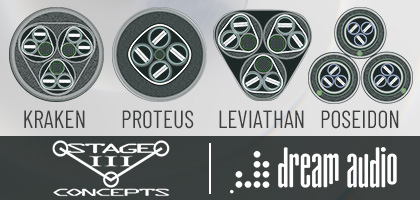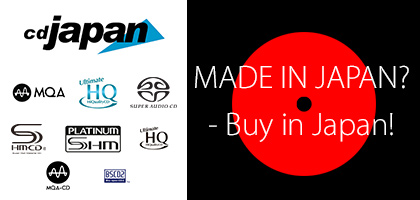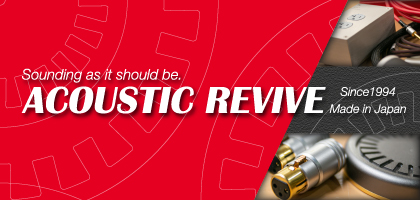 Contents
Contents
No. 258 November 2025
- COVER REVIEW: BLADELIUS Oden II Class-A ⸜ integrated amplifier » SWEDEN
- INTERVIEW: "The Editors" series № 37: ANDREW SIMPSONS • Audiograde ⸜ editor-in-chief » UNITED KINGDOM
- TECHNIQUE: digital recorders: DENON PCM part 2 - DN-23R tape recorder || 1972-1974 » JAPAN
- REVIEW: ACOUSTIC REVIVE RTP-4EU Final ⸜ AC power strip » JAPAN
- REVIEW: AUDIO REVEAL Classic ⸜ integrated amplifier » POLAND
- REVIEW: FOUND SOUND DAVIO Davio Azure ⸜ digital-to-analogue converter » POLAND
- REVIEW: LAIV Harmony GaNM ⸜ power amplifier • monoblocks » SINGAPORE
- MUSIC ⸜ Our albums series: ASTOR PIAZZOLA AND HIS TANGO QUINTET, Live in Lugano 1983, Ermitage/AudioNautes Recordings, Ultimate HiQualityCD


|
SMALL DREAMS
 SPEC Corporation is a Japanese company, mostly known in Japan, and rather in extreme high-end, some time ago presented an incredibly interesting RFA-M1 Real-Sound Amplifier, and its variants RFA-F1 and RFA-V1. During this year’s High End Show in Munich I had the opportunity to listen to this amplifier. It was part of the system that received from us the Best Sound 2011 award (reportage from the show HERE).
In parallel with presenting the amplifiers, SPEC prepared something completely different, something that could easily come from the hands of Mr. Ken Ishiguro, the demiurge from Acoustic Revive, a product called RSP-101 Real-Sound Processor. 
There is a lot of magic black boxes, and there always be. But this time it comes from a manufacturer deeply rooted in the industry, measurements and academic tradition. And it ennobles. What do we have here? The company claims that it counters the electromotive force generated by speaker coils. The vector of this force is oriented in opposite direction to the musical signal, in the direction of the amplifier and is added to the usable signal. This is a known phenomenon, countered by, for example, upping the damping factor of the amplifier. Plugging in the RSP-101 should help by reducing the impedance change of the loudspeakers, especially in midrange and treble. How? The company does not tell. The box is small (100 (W) x 47 (H) x 117 (D) mm), light (190g) and seems to have some electronic components inside (coils, etc). But this is only my speculation. 
I started the listening session of the RSP-101 without any prejudice. I did not read any other reviews before and I had no idea what to expect of a product like that. I do not claim that the lack of knowledge is a blessing in this case, but just that I shaped my opinion from scratch.    Only after many repetitions (turning on and off) of the same recordings I managed to find a repeating pattern. And the lower background noise was one of its main stitches. It gives interesting effects. At first, it seems that there is less treble in the sound. And there may be something to it. But I would not see it as a frequency corrector. The midrange is simply more saturated and deeper. It is not a plain “brighter-darker” situation, as can be seen from the fact that without the RSP-101 everything seems more dull, more blunt. Please compare this with what I wrote earlier: “it seems that there is less treble in the sound.” These two statements do not exclude each other – high quality systems, very natural systems, allow for such differentiation. What is meant here is that there is not much treble in live sound, and yet we have absolutely no problem with selectiveness, depth of the sound, etc. And this is how the Japanese box works: it improves depth, selectiveness, naturalness and at the same time it seems that there is less treble. Well, this is another feature of high-end… Synergy HiFi APPJ PA0901A Perhaps you remember the 6F3 amplifier from the Chinese company Synergy HiFi. If not, please read the test HERE. If yes, you probably also remember that the cover featuring this amplifier was chosen the Cover of the Year 2010 by the readers of “High Fidelity”. And rightly so – that small amplifier, based on 6F3 tubes, a triode and a pentode in one glass, was really charming and sounded well, too. ‘Was’, because it is not produced any longer.  The Chinese amplifier sounds surprisingly strong and dynamic. Although measurements do not lie, and they show that this is only 2x3.5W so we deal here with a micro-amplifier, what we have to take into consideration is that these are “tube” watts. In comparison to “transistor” watts they seem louder. The reason for that is simple: they are tubes. And because they are what they are, they enter clipping more smoothly and the distortions they generate are perceived by the listeners as more “ear friendly” than the transistor ones, sometimes they even get confused with natural sound. And the PA0901A amplifier takes advantage of that. What more, it does not modify the treble. If the source is bright it will sound bright. Sometimes there may be a sting in the upper treble but it will not be especially annoying. The only clear modification of the timbre happens in upper bass, which is underlined and not so well controlled. But this is what gives it such a big, expansive sound. The resolution is, for the money, splendid but of course it is nowhere near high-end.  |
All my testing was with the big, although easy to drive Harbeth M40.1 Domestic loudspeakers. The PA0901A amplifier (this name is hell) seems however to be destined to work with headphones. It is absolutely beyond my comprehension that the APPJ (Synergy HiFi is their worldwide distributor) did not equip it with a headphone output. As somewhat of a remedy, APPJ offers a special HP A adapter – a small box with loudspeaker input (only holes, like in the amplifier), to which three headphones can be connected – two with a ‘big jack’ and one with a ‘small jack’. I have this adapter. And I will return to this in one of the editorials. Acoustic Revive Hickory Under Board RHB-20This is one of the new additions to the vast catalog of products from Acoustic Revive. Not the only one, but important. RHB-20 is a simple board, made from special wood, Hickory. This is a rare kind of wood, known as source for manufacturing high quality percussion sticks. It has a very weak own sound, which became the key to good sound for Mr. Ken Ishiguro, the owner of AR.  I would like to refer to one of the Krakow Sonic Society meetings (#69, text HERE). This meeting, besides purely social values, also had an educational value. It was about comparing two different power networks at home – one classic and one prepared by the Nautilus company. The latter was composed of:
Recently, I have made a small refit of my apartment. Because I needed to move some lighting points anyway, I decided to upgrade my power network. As it is a longer story, I will tell you about it next time. Now I will just mention that I chose the Oyaide Tunami Nigo instead of the Acrolink. The new installation was made by Mr. Robert Nowak from Nautilus. The what and the why will have to wait until next month. Conversations V Awards of the Year Yes, it is coming – the Awards of the Year are granted in the beginning of November, when we know all the devices tested in a given year. For us it is important to have them ready at that time, because the relevant companies can show their awards during the Audio Show. Let me just remind you that this year the show will take place on 12 and 13 November in three hotels:
Back to the main topic. Awards of the Year present for us an opportunity to an even closer selection of the products tested. I must say that nominating devices, loudspeakers, cables, etc. for the award causes big problems for me, because I only test the things that interest me, only valuable products that – in my assumption – will find good friends among the readers. Most of the devices I review qualify for the award. This is why my methodology was fairly simple: I sat down with a list of reviewed products and underlined those that I found especially worth recommending, regardless their price, category, manufacturer, distributor, etc. And it did not matter how many things I’d choose (or rather we’d choose – Marek Dyba chooses a number of products proportional to the amount of tests he made). However, it turned out that many of the “High Fidelity” readers would prefer fewer awards. Because they have higher value then. Well, with an aching heart I decided that this year we will drastically reduce the amount of awards – there will be less than 20. Most have already been chosen, but we need to wait for the full list before we can share it with you. Plans for November For the November issue we plan the following products: 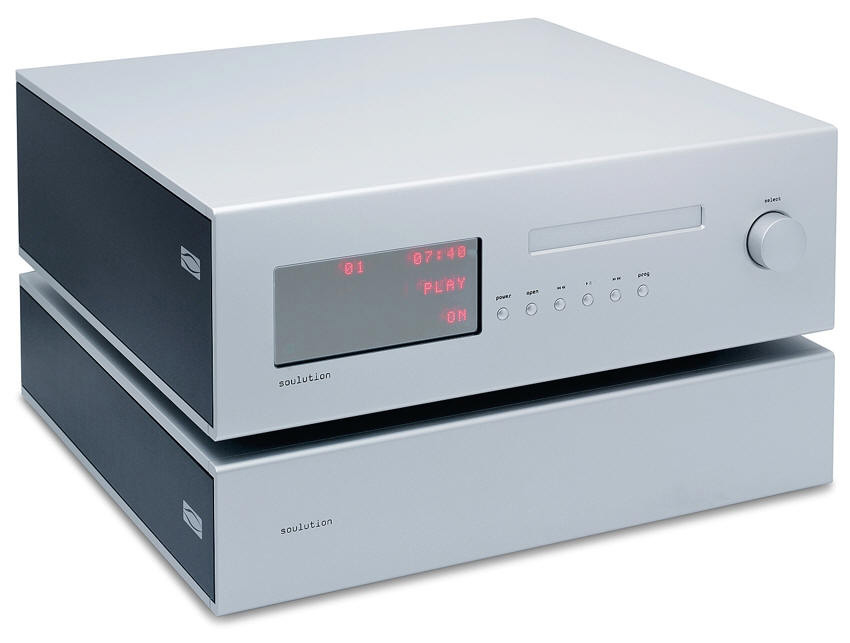 - Miyajima Laboratory KANSUI MC cartridge; new top cartridge from this Japanese manufacturer. I am very curious how it will fare against my current reference, the Shilabe from the same company (test HERE)  - B.M.C. C1 integrated amplifier; a new brand from Germany that appears in Poland. I have been trying to get this amplifier for review since I saw it during the High End in Munich. Now that the company found a Polish distributor (Audio System), we can get this object of desire (look at the picture). 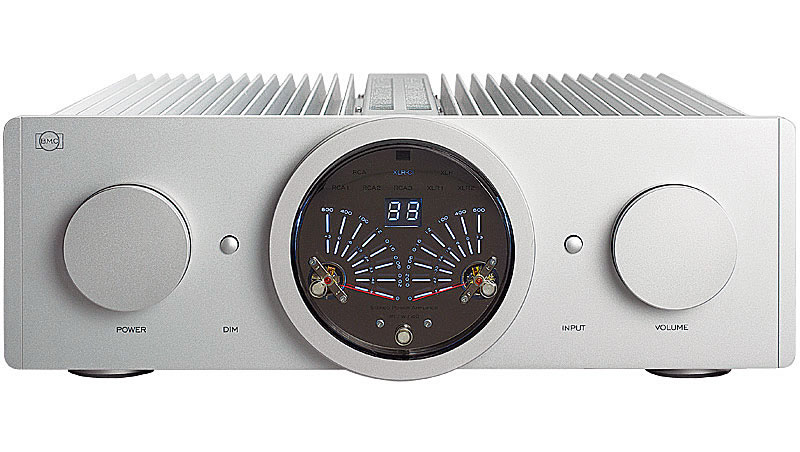 - Vitus Signature SCD-010 CD player; you probably remember our review of an amplifier from this company – if not, please have a look HERE. The player comes from the same series and is equipped with a completely modified CD-Pro2 LF Philips drive and an advanced digital section. The section uses an Anagram Technologies upsampler, similar to the one found in the Soulution 740. 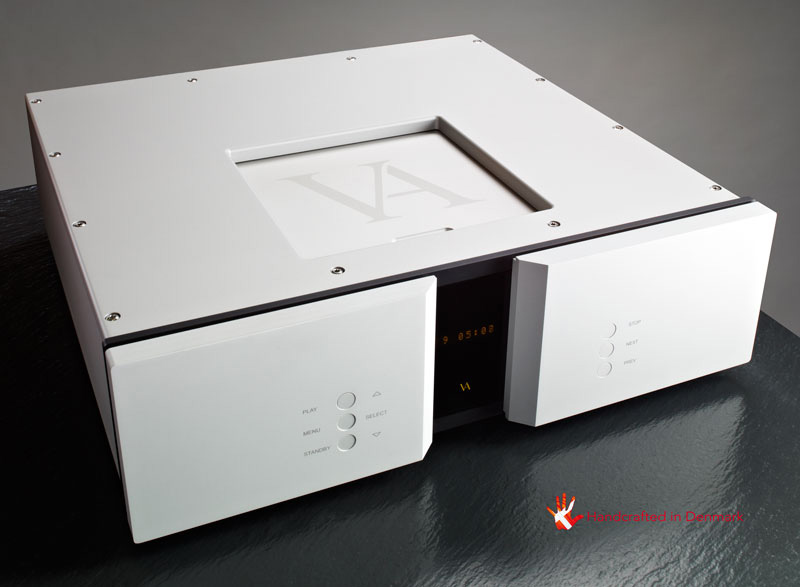 - Thorens TD309 turntable with a dedicated TeddyPardo PSU; I reviewed this turntable for “Audio” and I liked it. Now it is available with a power supply from the TeddyPardo Israeli company which we already came across during our review of the DACs from Musical Fidelity and Arcam (HERE). This test will be conducted by Marek Dyba.  - we will have a special guest at our Krakow Sonic Society meeting (the 80th meeting!!!) – Gerhard Hirt, the owner of Ayon Audio will come and present us his newest product, the file player S-3. And next month we will host another great man: Srajan Ebaen, the Editor in Chief of “6moons.com”. Things will happen…  - there will also be a surprise – the first Polish presentation of a brand that has not yet been represented in Poland, something that I could not comprehend. Since the official premiere will be November 1st, I cannot say anything more now. But it is good! Wojciech Pacuła |
About Us |
We cooperate |
Patrons |
|
Our reviewers regularly contribute to “Enjoy the Music.com”, “Positive-Feedback.com”, “HiFiStatement.net” and “Hi-Fi Choice & Home Cinema. Edycja Polska” . "High Fidelity" is a monthly magazine dedicated to high quality sound. It has been published since May 1st, 2004. Up until October 2008, the magazine was called "High Fidelity OnLine", but since November 2008 it has been registered under the new title. "High Fidelity" is an online magazine, i.e. it is only published on the web. For the last few years it has been published both in Polish and in English. Thanks to our English section, the magazine has now a worldwide reach - statistics show that we have readers from almost every country in the world. Once a year, we prepare a printed edition of one of reviews published online. This unique, limited collector's edition is given to the visitors of the Audio Show in Warsaw, Poland, held in November of each year. For years, "High Fidelity" has been cooperating with other audio magazines, including “Enjoy the Music.com” and “Positive-Feedback.com” in the U.S. and “HiFiStatement.net” in Germany. Our reviews have also been published by “6moons.com”. You can contact any of our contributors by clicking his email address on our CONTACT page. |
 



|
   |
main page | archive | contact | kts
© 2009 HighFidelity, design by PikselStudio,
projektowanie stron www: Indecity



